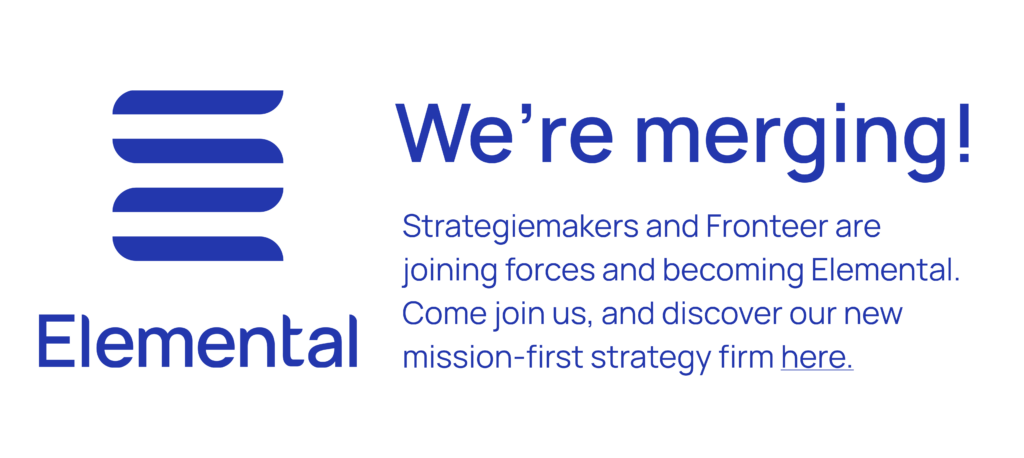PURPOSE: GETTING STARTED
Half a year ago Unilever shared that their responsible brands grow at 69% faster than the rest of their portfolio (Brands with purpose grow – and here’s the proof). Enough evidence for them to pursue their strategy and increase the pace at which they make their brands sustainable and responsible.
And they’re not alone; purpose is becoming a key element in strategy (Purpose als basis van toekomstbestendige bedrijven). Purpose is a long-term guide and helps make choices; on supply chain, product & service development, innovation, HR, facilities, etcetera.
But what is purpose exactly? In reading articles on purpose you could notice that there are plenty of different interpretations for ‘purpose’. To us, the core of purpose is staying relevant in the long term. This means you have to start talking and thinking in long-term language: ‘triple bottom line’ (people, planet, profit). Therefore it is time to start talking about ecological and human (& societal) impact & value, besides economical value.
In conclusion, it is time to work on your purpose. Up next are two steps to help you get started. First, getting a glimpse of your purpose and then starting to visualise the transformation.
GETTING A FIRST GLIMPS OF YOUR PURPOSE
Revealing your purpose starts by talking. Having real conversations on the impact of your organisation and the responsibility that comes with it. To accelerate this conversation we’ve created a simple framework. In this framework we show whether or not a certain ambition is future proof. The green-ness shows how future proof an ambition is. Red on the other hand are still single (financial) or double bottom line; which means they will not help you stay relevant in the long run.

Where do you see opportunities for your organisation? How much value do you want to deliver on the ecological and the human axes? Where do you want to go as an organisation? Where would you place your current business models?
VISUALISING YOUR TRANSFORMATION
From a triple bottom line perspective you can focus on different value components. Below are bits of both human (including societal) and ecological value that you can integrate into your business model (economical value). Which of those value components can you use to make your current business models more purpose driven and more future proof? Are there barriers or elements in your business model that prevent you from delivering human and ecological value? And which prevent your organisation in moving from economical-growth-mindset to ecosystem-thrive-mindset?

Compare the barriers and elements on the impact that solving will have and the degree to which each barrier is woven into your business model. Translate the barriers that have high impact and are woven into your business model into “What if…”-questions. These provocative questions show what you as organisation need to work on and are at the same time food for creativity. Some examples of the kind of questions that might emerge:
- “What if we can deliver carpets & floors without using fossil fuels?” – Interface
- “What if we make clothing without the destructive cotton-industry?” – Patagonia
- “What if we design a fair-chocolate value chain?” – Tony Chocolonely
- “What if we as a bank only do sustainable business?” – Triodos Bank
With this first explorative exercise you take your first step towards your organisation’s purpose. Want to discuss the outcomes? Send Pieter a message!



